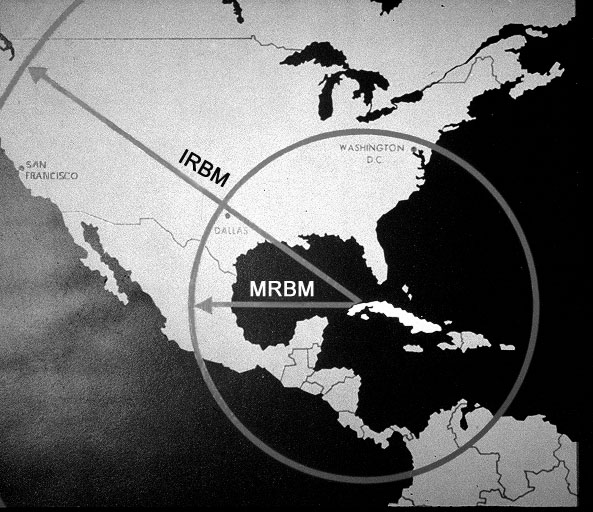After World War II ended in 1945, people all over the world were affected by its devastation. Every country needed to recover and rebuild what the war had destroyed. While some directly witnessed the events of the war in their countries and others felt the impact of the war on an economic level, it was universally agreed that future wars needed to be avoided at all costs. One event that almost led to another war was the Cuban missile crisis. This occurred during the Cold War.
The Cold War rising from the ashes of World War II
Unfortunately, that much-desired peace didn’t last for long. In the same year the war ended, tension started to form between countries within the Allies of World War II. The world was yet again divided between two superpowers, the democracies in the west led by the United States against the communist of the east represented in the Soviet Union.
This time, the conflicting countries did not go to war in the traditional sense of the word. They did not have armies fighting each other with weapons on the battlefield. It was a new type of passive, quiet war where the threat of physical warfare was imminent every day, which is why it was named the “Cold” War.
The two nations were a threat to each other, so they started multiple undeclared races to show the world which country had the most power. The most famous races between the United States and the Soviet Union were the Space Race and the Arms Race.
Rising tensions
Since the conflict between the democrat and communist camps started in 1945, the two countries started to compete to have the most advanced nuclear weapons. This was an attempt to stop the other one from attacking at any point. As time passed, of course, this dangerous game of balance had to reach a boiling point and everything led to an inevitable confrontation. If the two countries went to war, it would have been a nuclear war where millions of innocent people would lose their lives at the push of a button. This could have been a confrontation that wiped out most of the human race because of the radiation that lingers after the explosion. One of the major events during the Cold War that characterized these exact tensions was the Cuban Missile Crisis.
How the Cuban Missile Crisis started
In 1961, the United States government tried to overthrow the communist government of Fidel Castro in Cuba through an invasion called “The Bay of Pigs”. The invasion was unsuccessful, but it was a warning to the communist Cuban government, as well as the Soviet Union.
To assert its position, the United States placed nuclear missiles in Turkey, which, if fired, would reach Moscow, the capital of the Soviet Union. In turn, the Soviet Union started to install their own nuclear missiles in Cuba, which put the USA within the range of these missiles.
At this point, World War III was about to start.

Two superpowers in a tense standoff
On October 22nd, United States President John Kennedy announced the entire situation to the world and established a blockade against Cuba. He established the locations of the different missile bases and said that no weapons could be put in Cuba by any party that had the potential of reaching the United States. He also said that if Cuba were to attack the United States, the United States would consider it as an act of war from the Soviet Union.
As the standoff continued, the Soviet Union refused to take its missiles out of Cuba as long as the United States had missiles in Turkey.
A happy ending
During the period of rising tensions, negotiations were secretly being held to resolve the Cuban Missile Crisis. After days of tension, both countries eventually reached an agreement. The Soviet Union was to take its nuclear missiles out of Cuba and, in return, the United States agreed to not invade Cuba again and to take its missiles out of Turkey.
Back to Cold War topics
